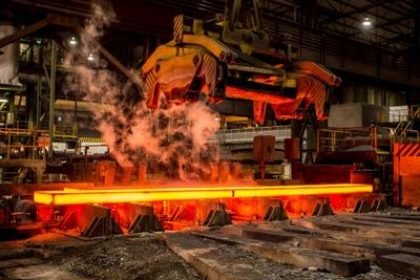Salzgitter break ground on the hydrogen-powered DR plant

Hydrogen has recently started emerging as a sort of panacea for decarbonising steelmaking and other hard-to-abate heavy industries. Steelmakers such as ArcelorMittal, Hbis, ThyssenKrupp, Nippon Steel and SSAB have already announced projects using hydrogen across various processing methods from iron reduction to reheating purposes.
Salzgitter AG, as part of the SALCOS (SAlzgitter Low-CO2Steelmaking) project, has commenced building work on a pilot direct reduced iron (DRI) this week. The μDRAL project is the first iron ore direct reduction plant that would be designed to run on natural gas and hydrogen with a ratio between 0% and 100%.
Tenova is the supplier and technology partner in the project. The plant has a production capacity of 2.5 tonnes/day and set to start operating in H1:2022. The project requires an investment of € 13.6 million, where the German Federal Environment Ministry is providing 40% of the funds.
The plan is to use DRI in the blast furnace to help culminate the amount of pulverised injection coal (PCI) and in the electric arc furnace at the Peine plant.
The project will help Salzgitter to acquire the knowledge to scale its technology. In the next stage, Salzgitter will build a new DR plant employing the Salcos technology. Salzgitter expects to fully move its steelmaking process to hydrogen by 2050, which would reduce its CO2 emission in steel production by around 95%.
Commodity Inside has started a dedicated hydrogen market intelligence service under the brand H2 Bulletin.
